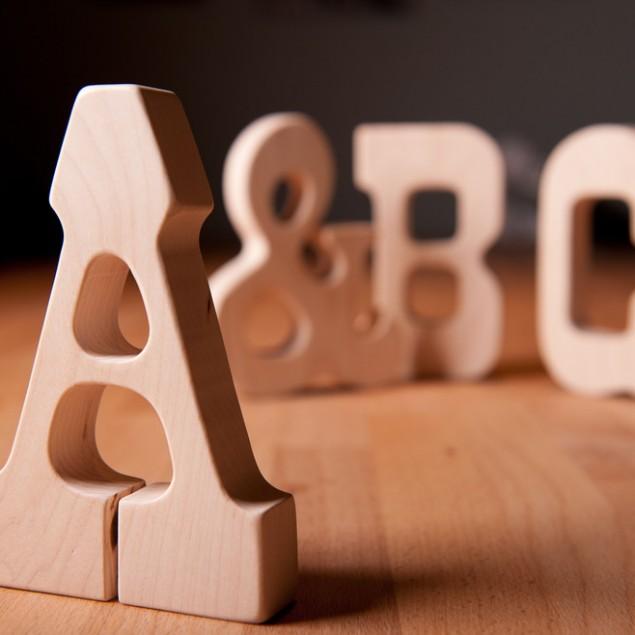The three basic needs of life are food, clothing, and shelter. And according to www.jjqualitybuilderspb.com/ although shelter can be thought to be a house, without a roof, a house is just a four-wall enclosure without any protection. The roof gives the house protection from dangerous external factors such as harmful climatic changes and even predators.
The need to maintain a good roof can never be overemphasized. And to maintain your roof, you need to either carry out your roof repairs yourself or call a roofing contractor for the job. Now, check this out. Having a little knowledge about your roof gives you a great advantage when it comes to matters that concern your roof. If you have the basic knowledge of your roof, you can comfortably detect damages in your roof and carry out the necessary repairs without causing much damage. Also, knowing a little about your roof will help you to carefully inspect the expertise and work of any roofing contractor you hire. In addition to that, you will not be cheated easily or scammed if you know the essential things that there is to know about your roof.
This article will highlight three things you should know about your roof. When you read and master these three things, carrying out Do It Yourself (DIY) roofing repair will be as easy as cake to you. And you will have a good eye to detect a genuine roofing contractor from a fake roofing contractor.
Three things you should know about your roof
- Shingles: as a house owner, the most common roofing material you should always hear about are the shingles. When you look up to your roof, the materials that are visible to your eyes are called shingles. They are the outer covering of a roof. They are short and thick rectangular shaped materials whose primary function is to protect the house from harmful weather. They are placed from the bottom edge of the roof to the topmost region of the roof. When placed, they are interlaced or interlocked to prevent rainwater or snow from penetrating the house. They keep the house dry. They can be made from wood, asphalt, fiber, plastic, metal, etc. The most common shingles are the asphalt shingle. Asphalt shingles are commonly used because it comes in a variety of colors, shapes, and texture. It is also inexpensive to install and last for a long time, usually for 20 to 25 years. Even with how long it lasts, it is the part of the roof that is often repaired. While carrying out its function of repelling water and snow from entering the house, it gets damp over the years. This may lead to cracking, curbing, or curling. These three C’s are the common damages that occur in shingles.
- The roof deck: in simple terms, a deck is a flat structure whose primary purpose is to carry weight. The English dictionary describes a deck as a flat surface that can be walked on. Coming back to a roof deck, a roof deck is the part of your roof that carries the weight of the whole roof. It is the place where you or your roofer stands while repairing your roof. The type of material used in making a roof deck depends on the weight it would carry. Roof decks are usually made of wood, but they are sheathed with plywood for durability. A roof deck can also be called the foundation of a roof. The shingles are nailed on the roof deck. A roof deck is placed between the roof’s insulation and the roof’s structural components like joints and trusses. A roof deck must be straight and smooth to prevent injuries for your roofer or yourself; that is if you decide to do your roofing repairs yourself.
- Roof flashing: a roof flashing are tiny impenetrable materials that are used to prevent water from entering into the house through joints. Don’t confuse roofing flashing with shingles. Shingles are flat rectangular materials that run through the roof and whose purpose is to prevent water or snow from going into the house. A roof flashing, on the other hand, consists of tiny materials placed at the edges of a chimney, windows, vents walls, etc. to prevent water from getting into the house. These little roof flashing materials can be made from copper, steel, aluminum, lead, et.c.
In summary, like no knowledge is a waste, so is the knowledge that is shared above about your roof. You can use this knowledge to detect your roof damages before it becomes too late. If you are a DIY activity lover, then the things mentioned above will benefit you the most.









